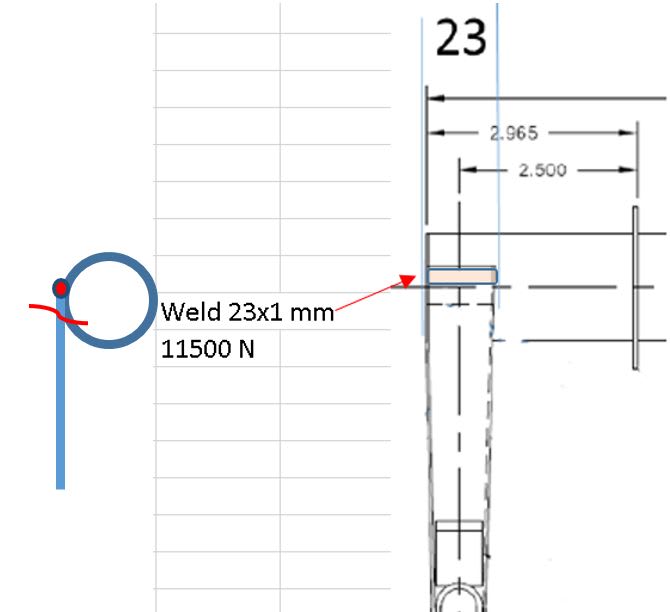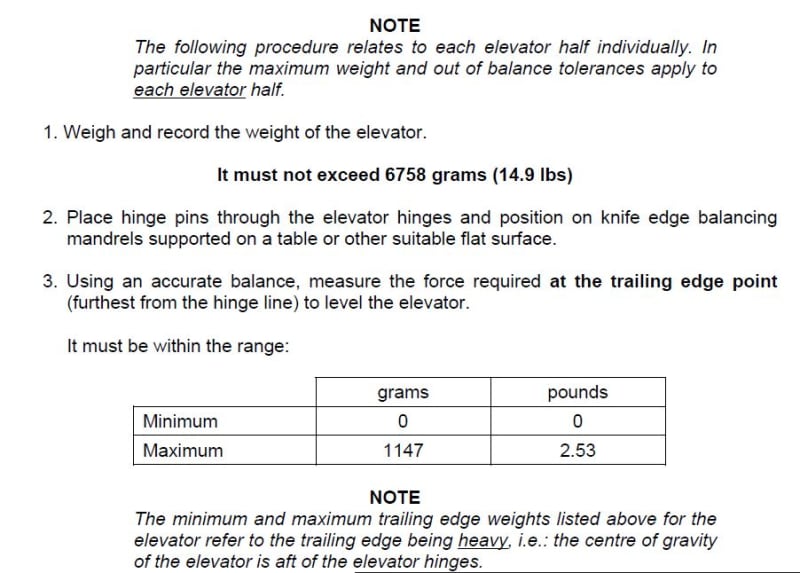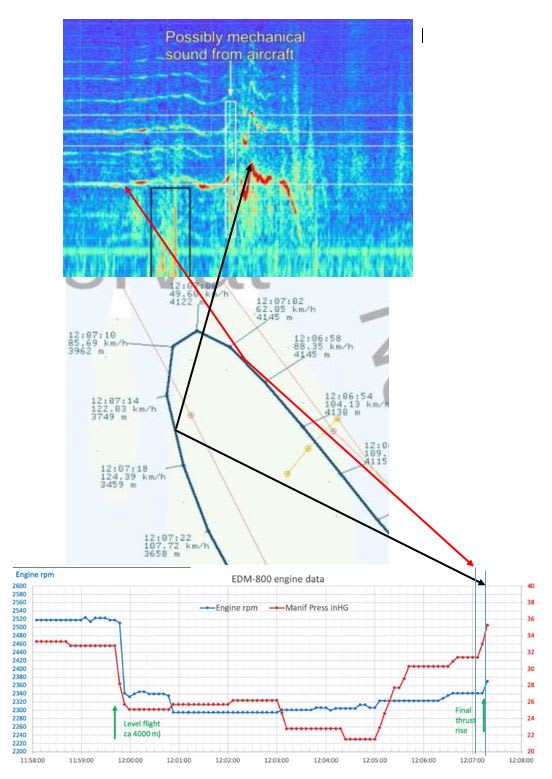RedSnake
Electrical
- Nov 7, 2020
- 11,472
Can anyone help me check if this calculation works so far?
There are so many conversions between different units ..
The calculation is made by a free software but I assume that their calculation models are correct.
My own assumption is that the elevator is heavier at the front edge as there are hinges made of MIL 1430 N and since the lever and its attachment also are , there are also steel details on the other side and the rest is aluminum.
I have chosen to see it as a simple bar to begin with.
And the calculation is made to check which load the fixed joint must withstand for the elevator's own weight.
I intend to present it in steps so if I got something wrong I can adjust it before the next step.
If it's okay with you people?
Best regards Anna
“Logic will get you from A to Z; imagination will get you everywhere.“
Albert Einstein
There are so many conversions between different units ..
The calculation is made by a free software but I assume that their calculation models are correct.
My own assumption is that the elevator is heavier at the front edge as there are hinges made of MIL 1430 N and since the lever and its attachment also are , there are also steel details on the other side and the rest is aluminum.
I have chosen to see it as a simple bar to begin with.
And the calculation is made to check which load the fixed joint must withstand for the elevator's own weight.
I intend to present it in steps so if I got something wrong I can adjust it before the next step.
If it's okay with you people?
Best regards Anna
“Logic will get you from A to Z; imagination will get you everywhere.“
Albert Einstein










